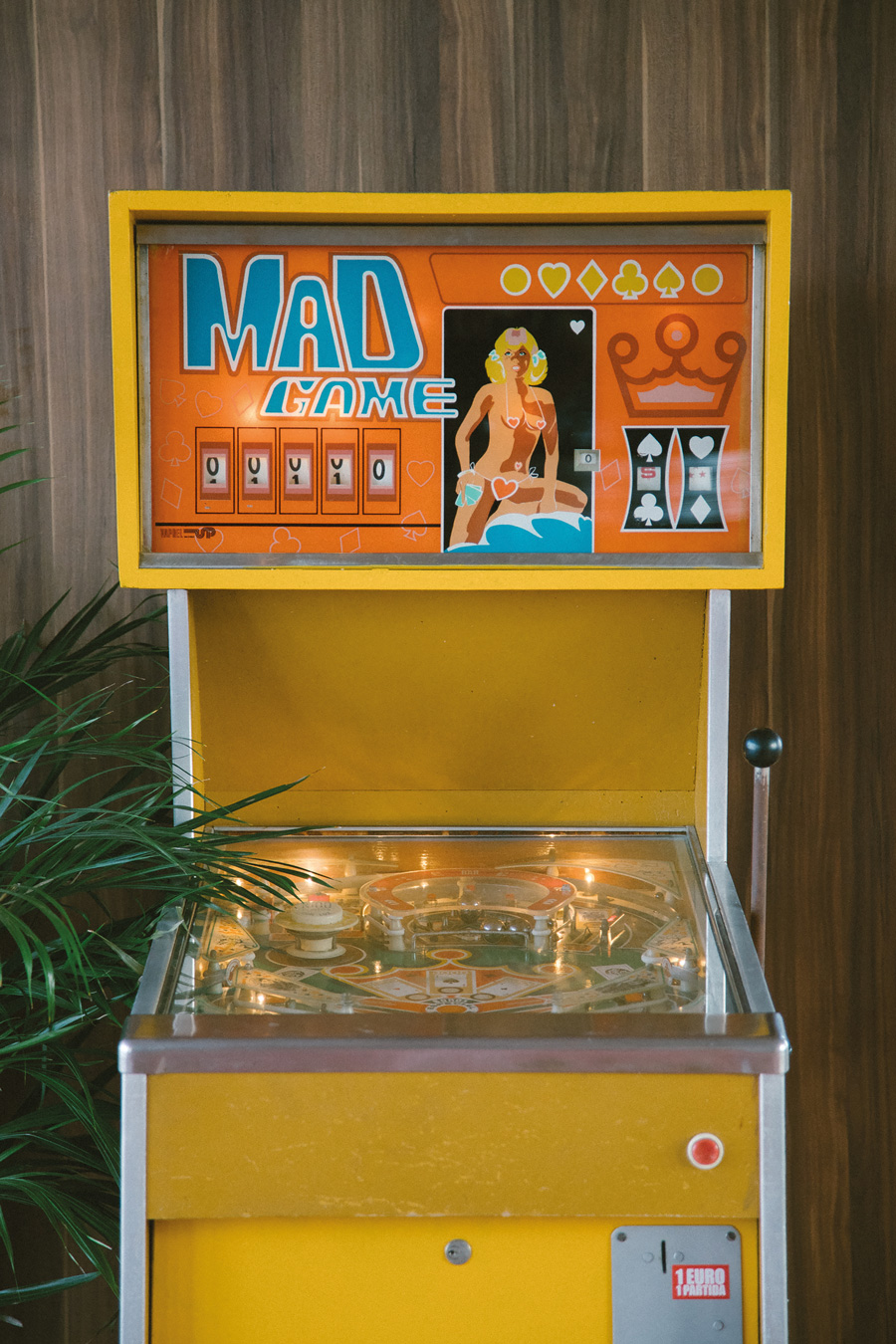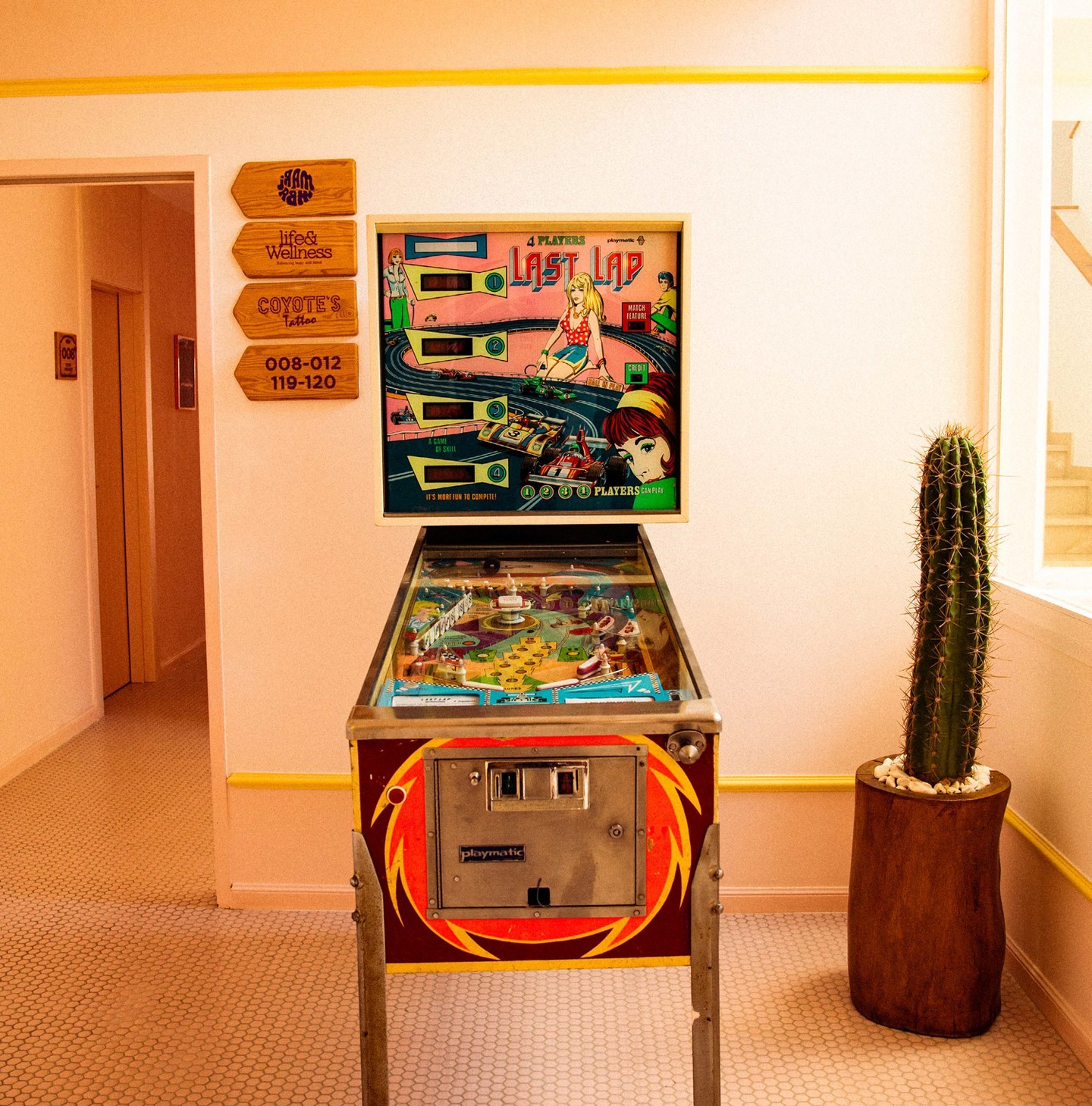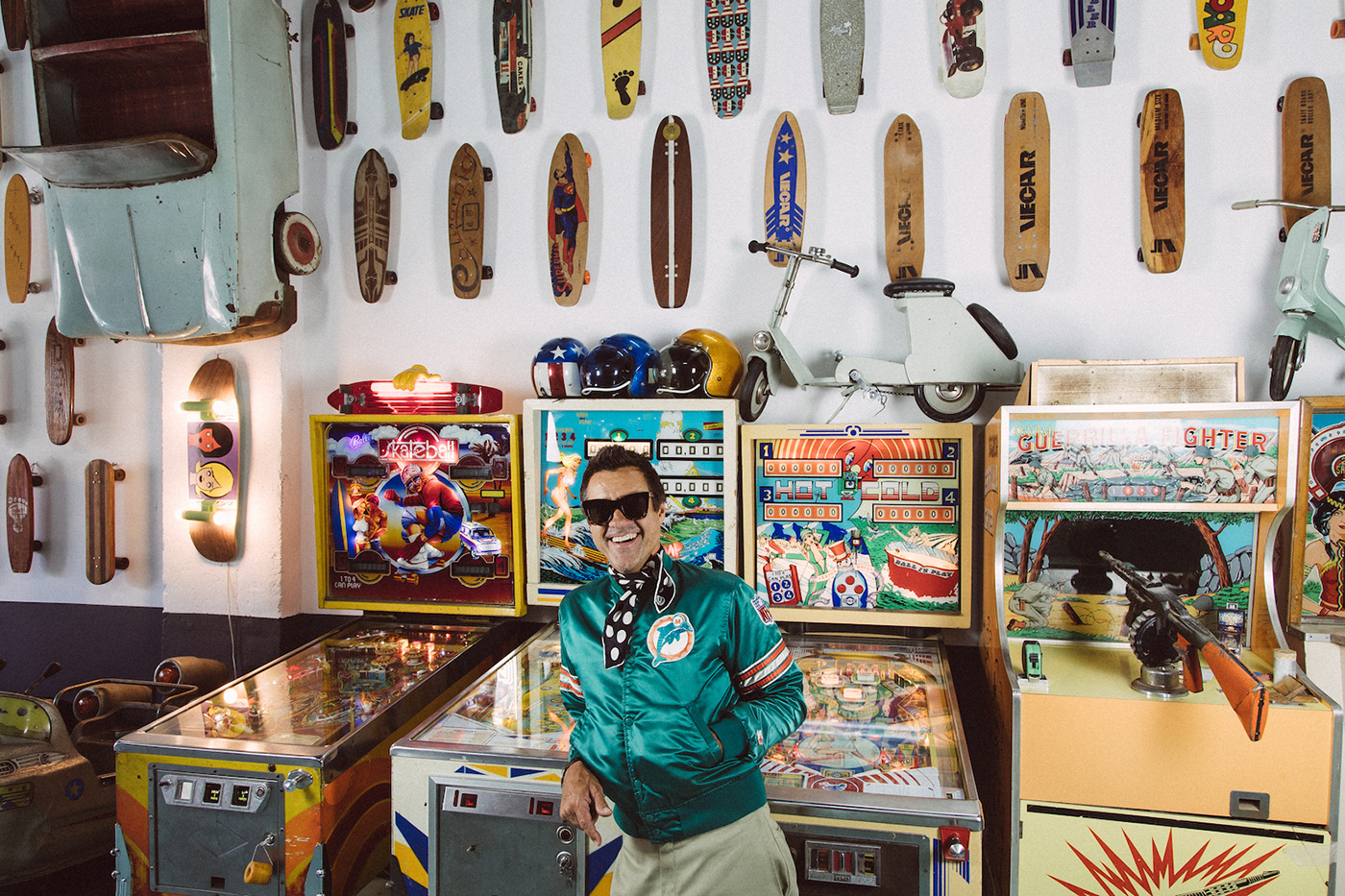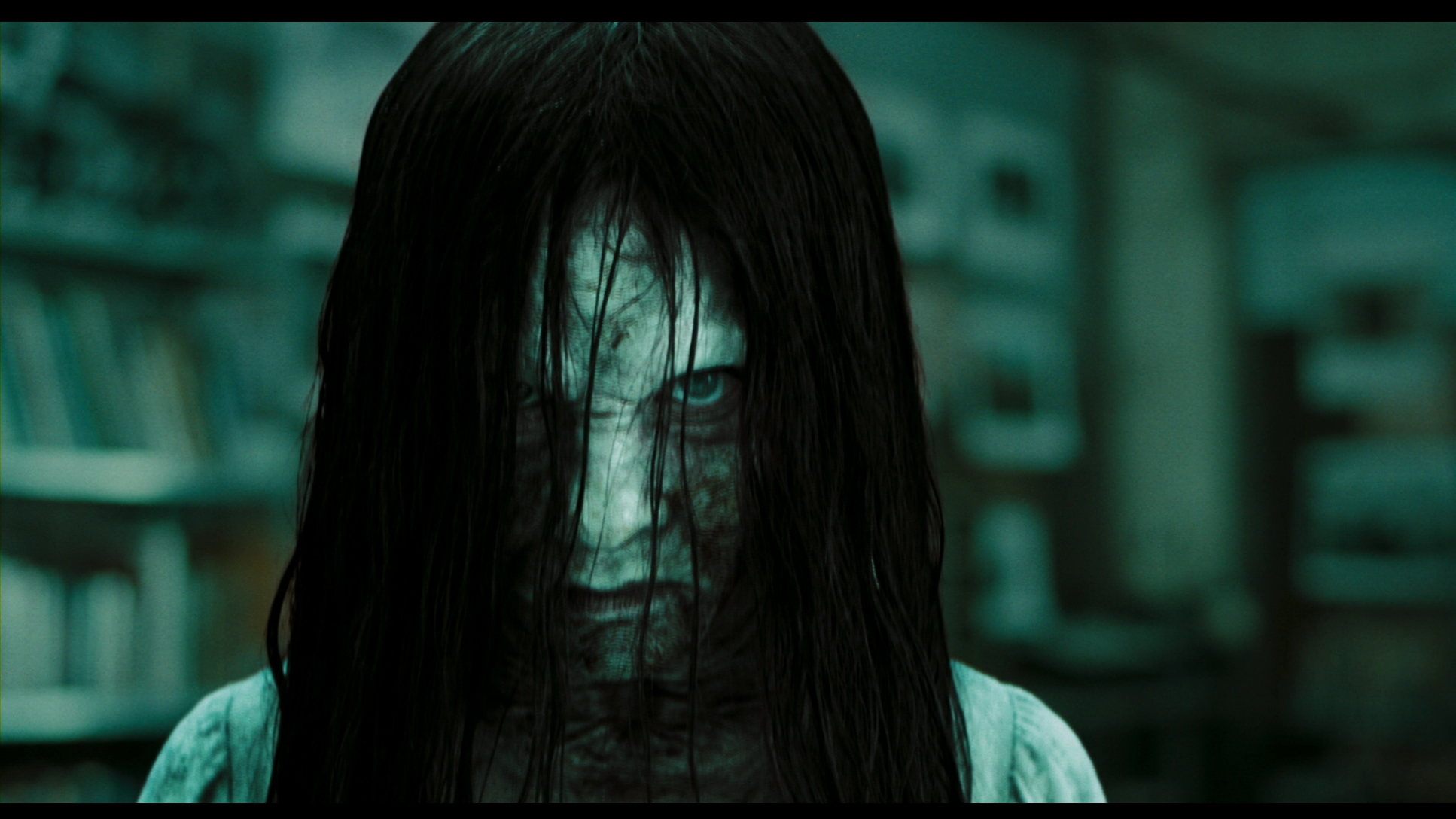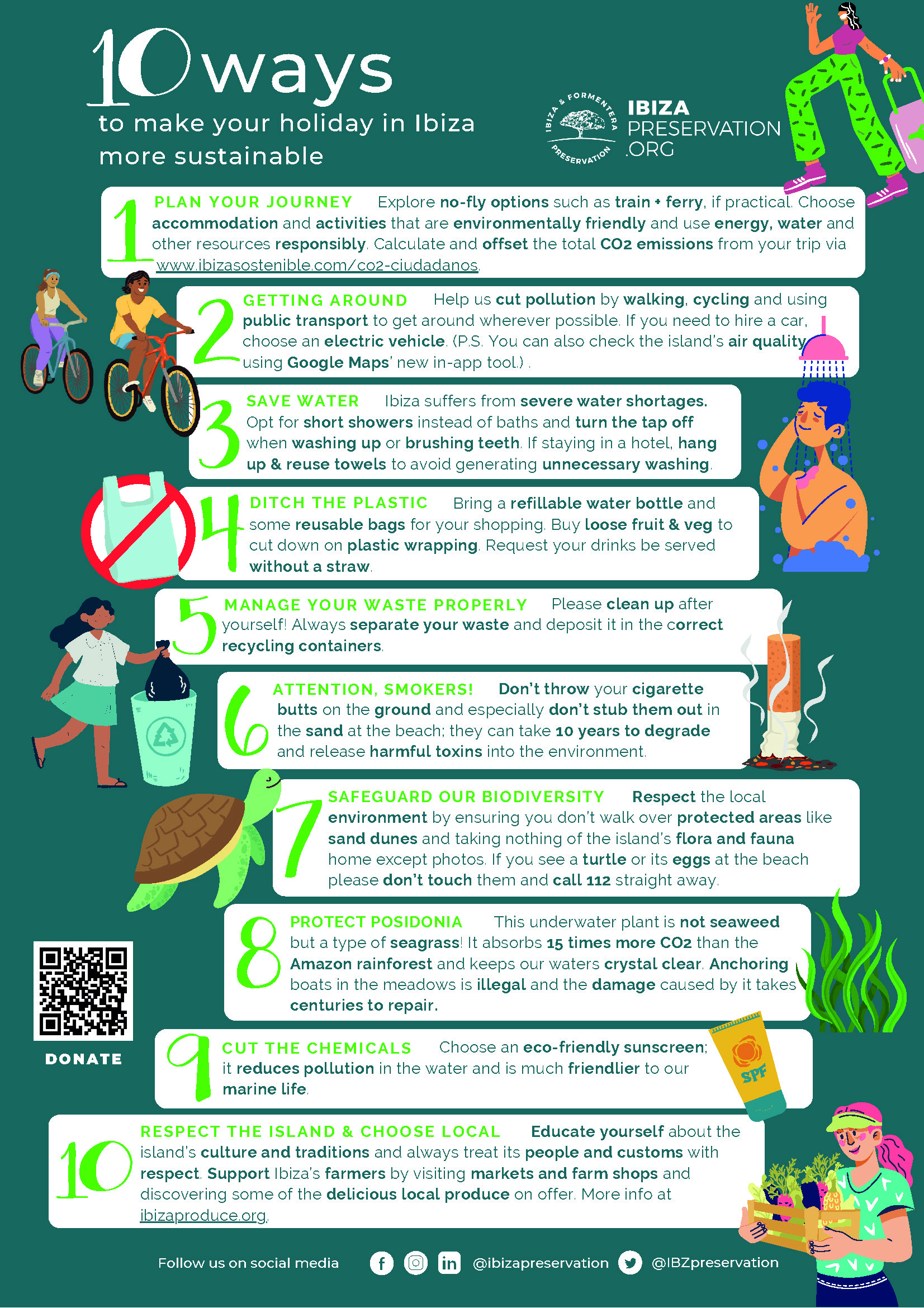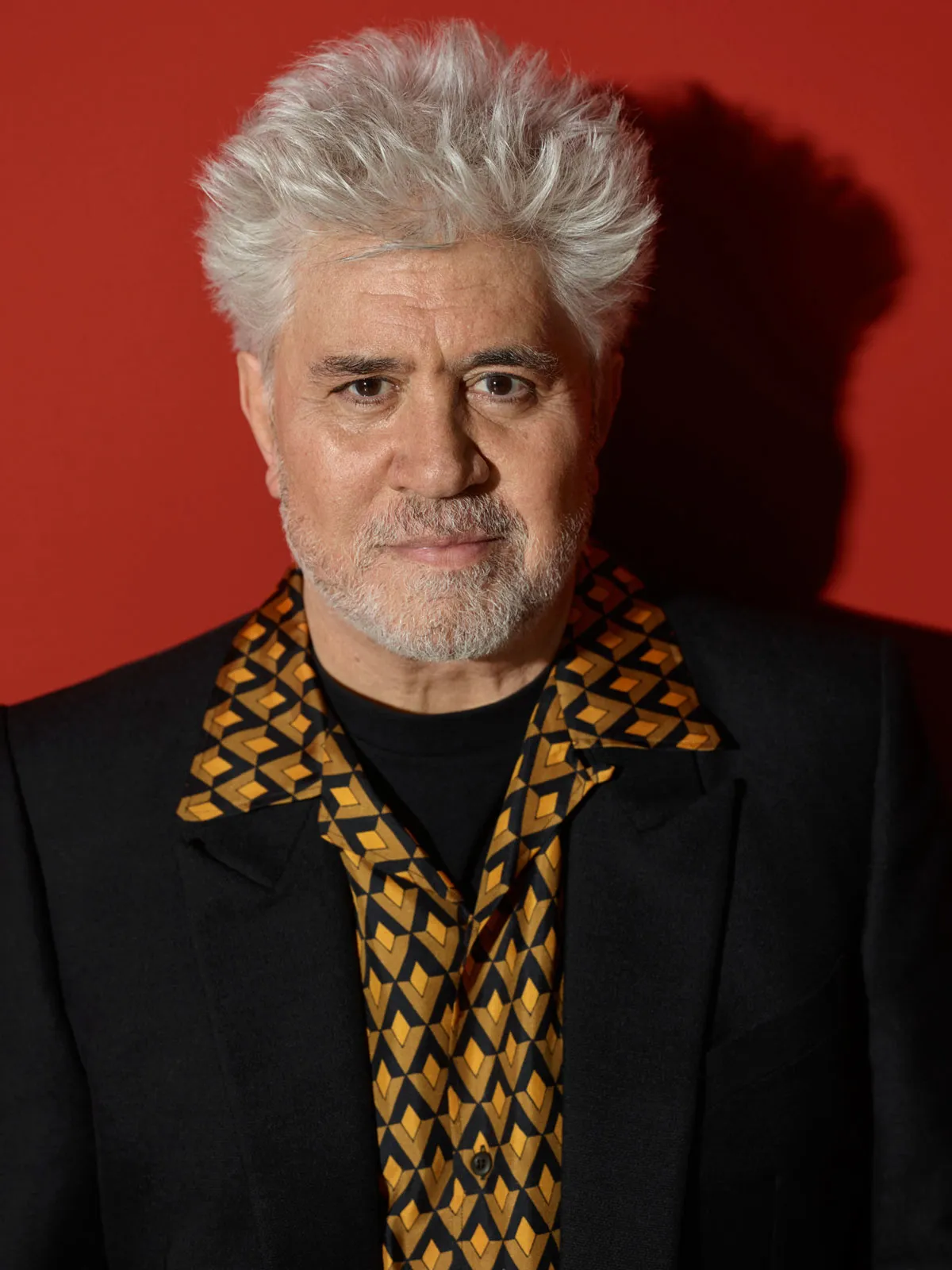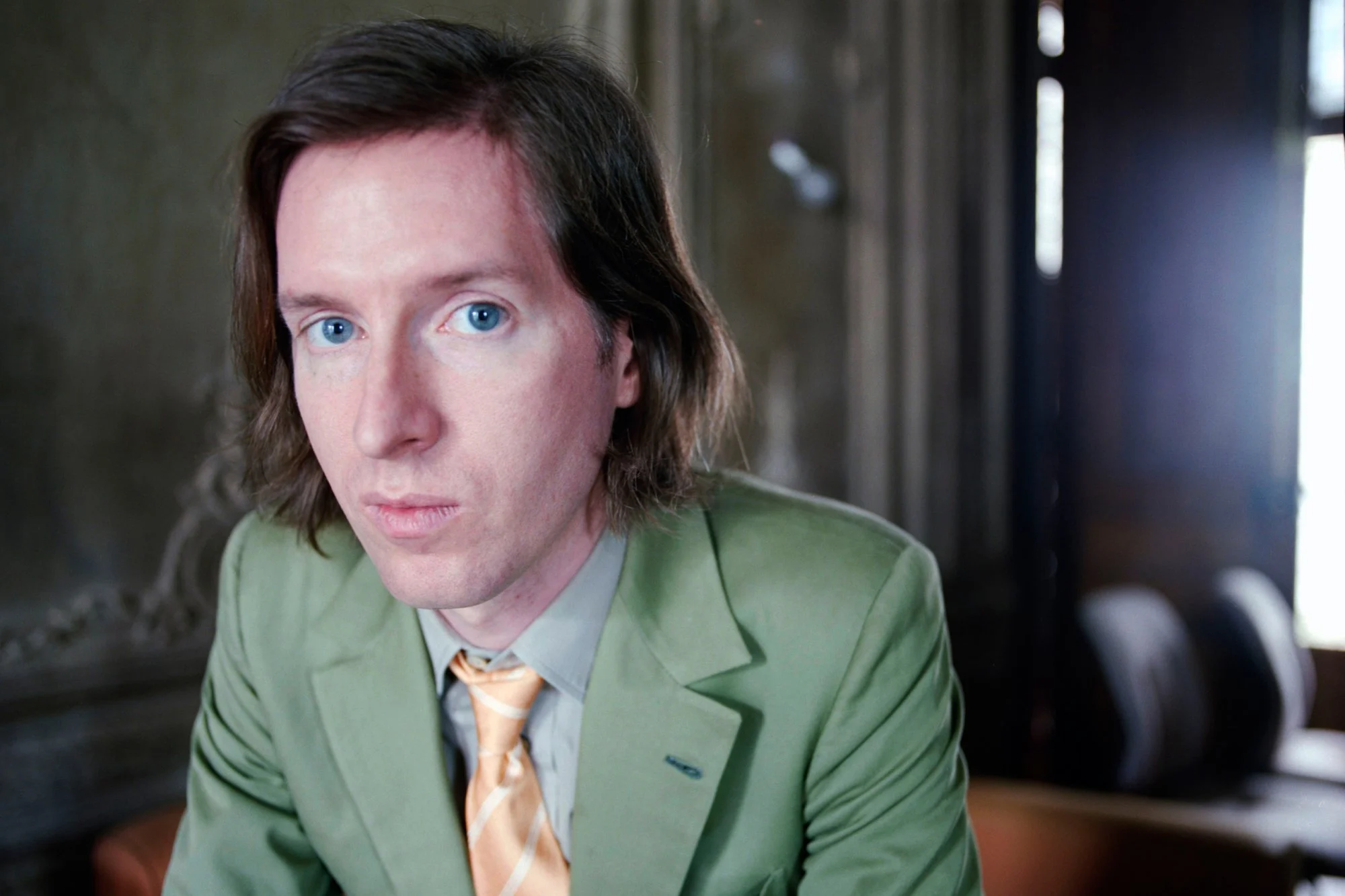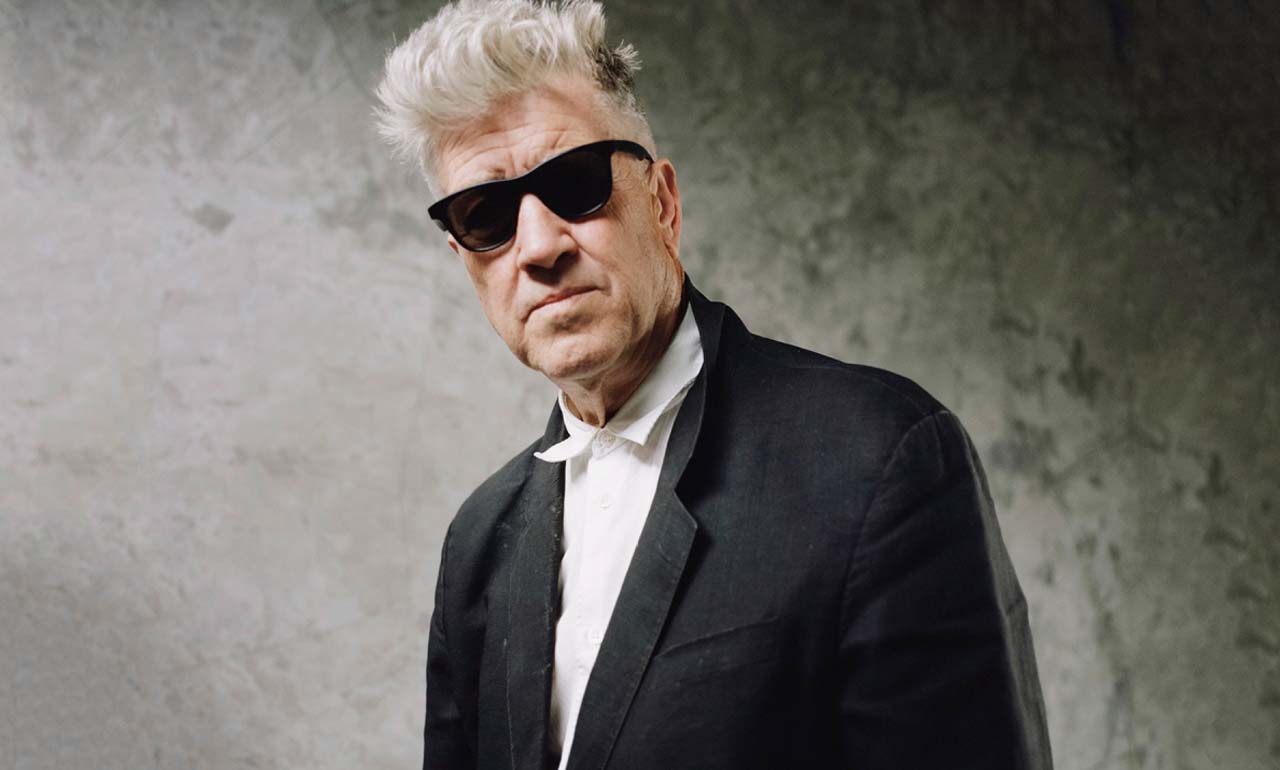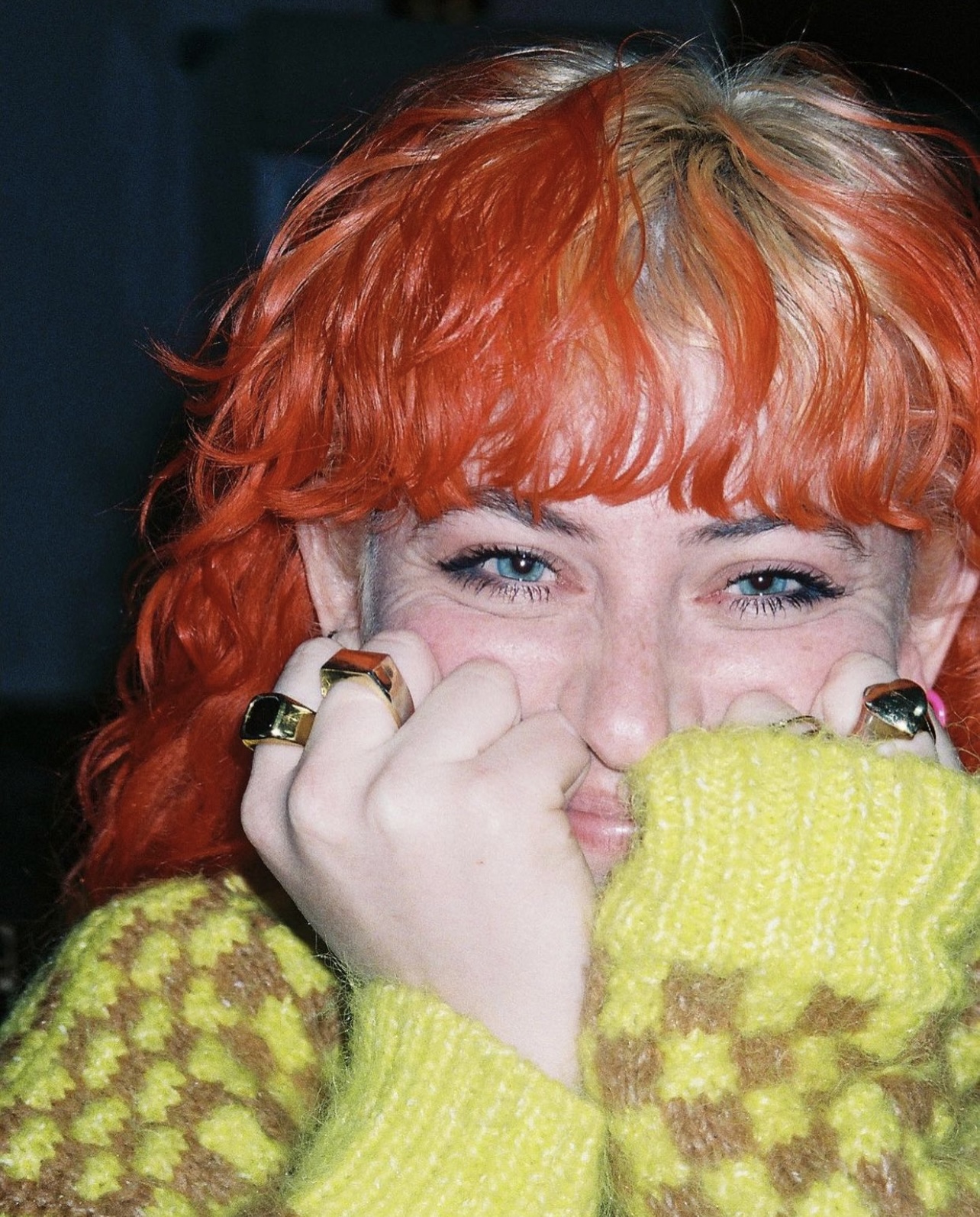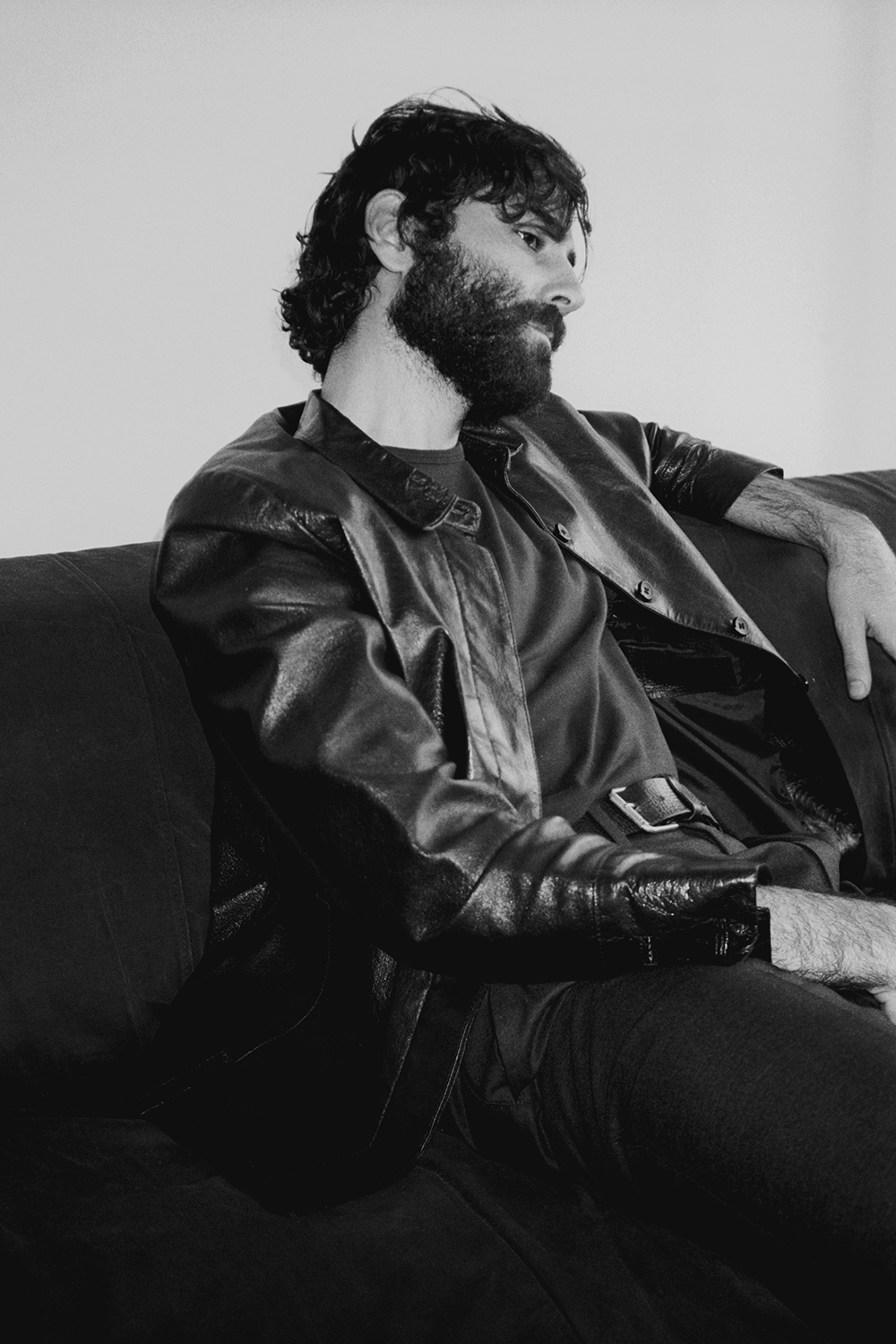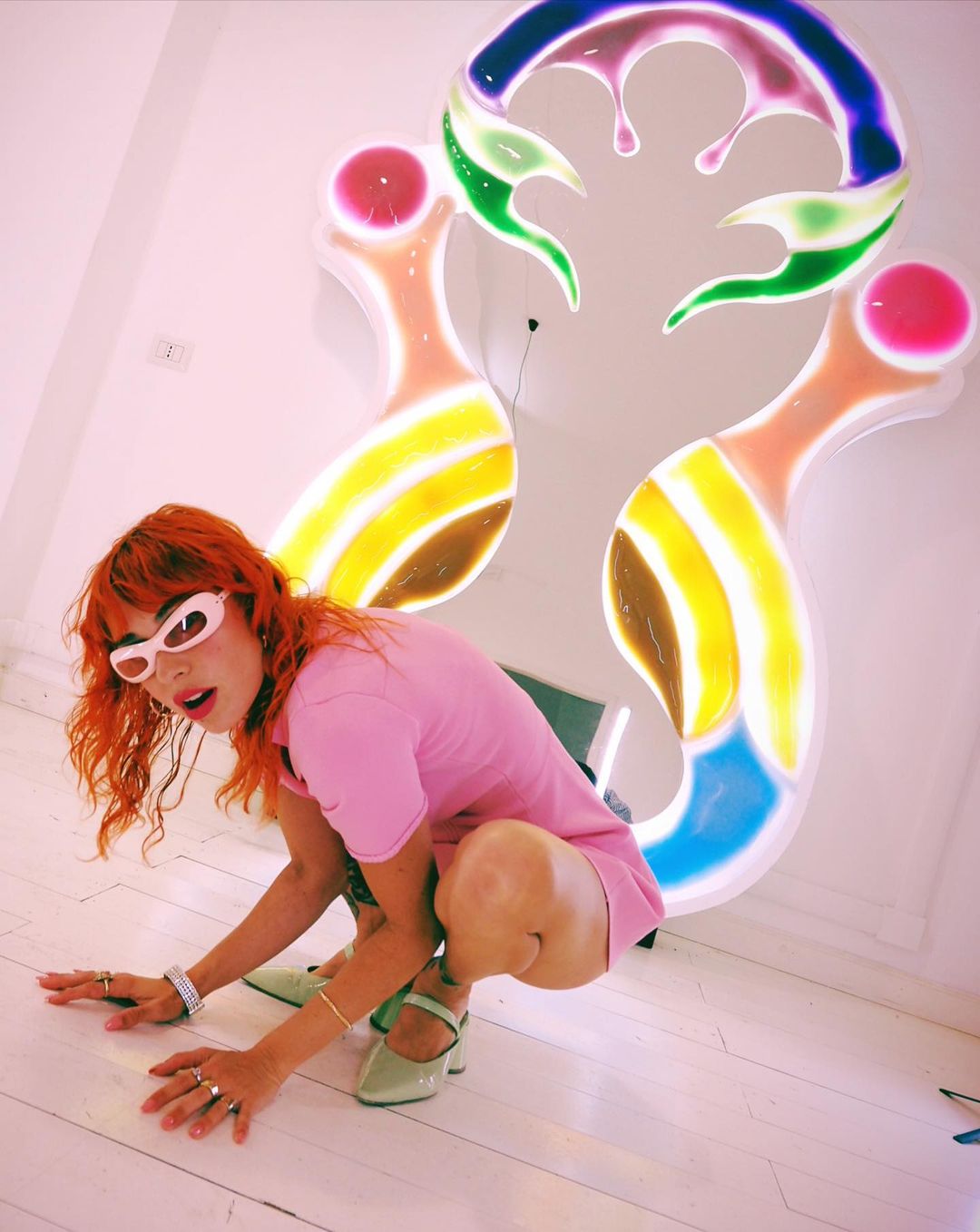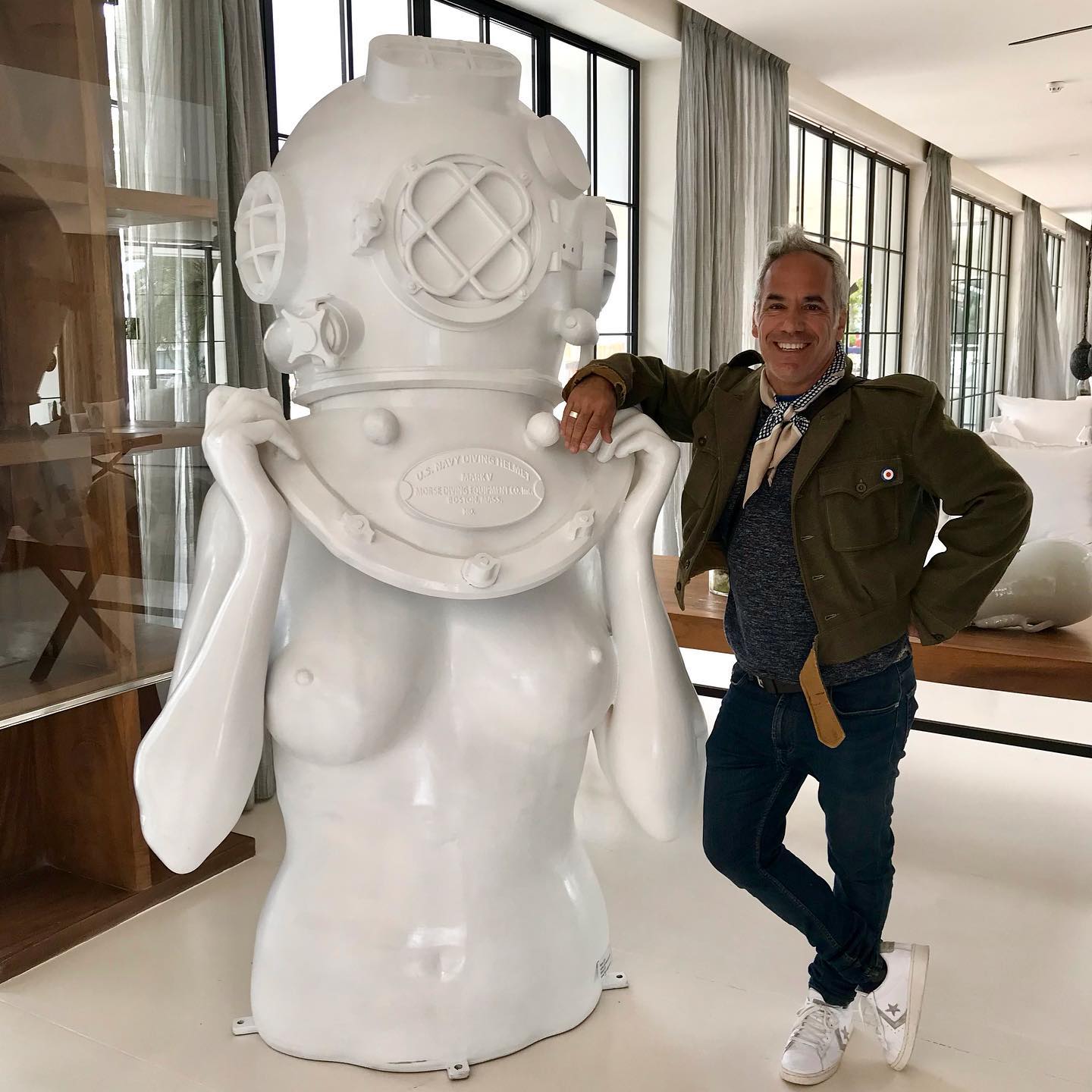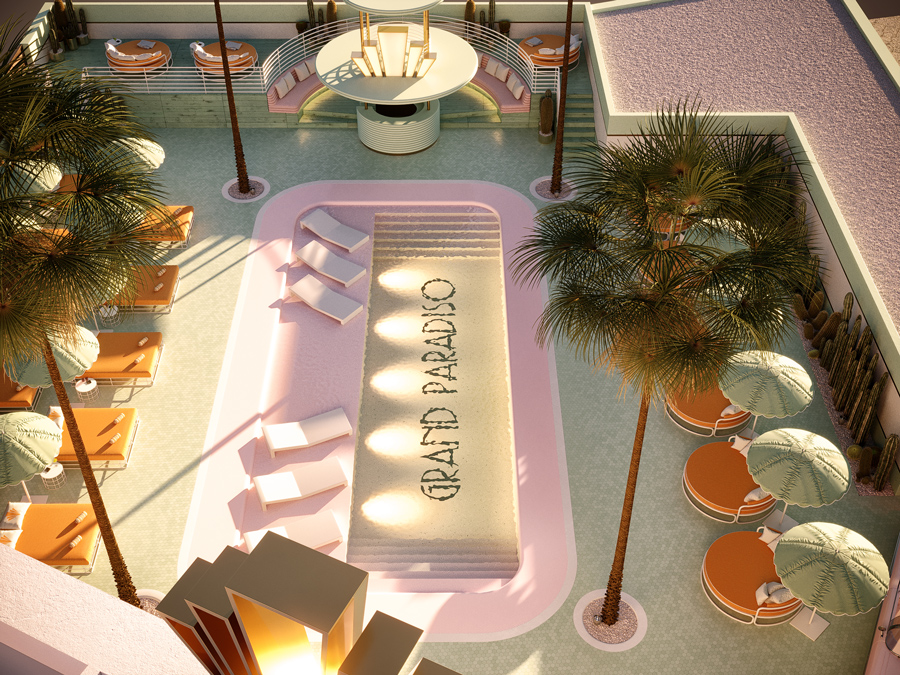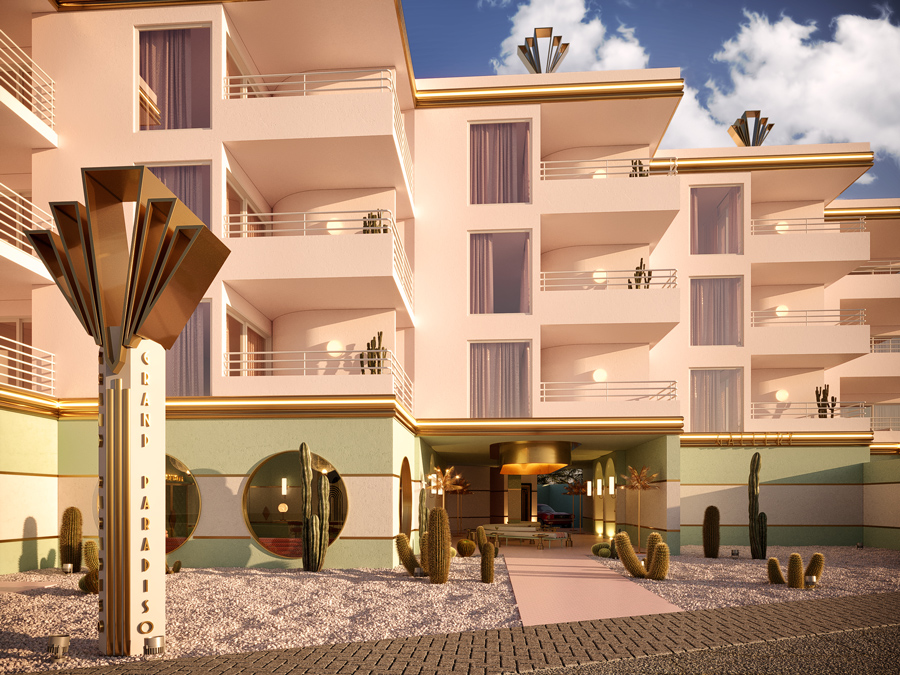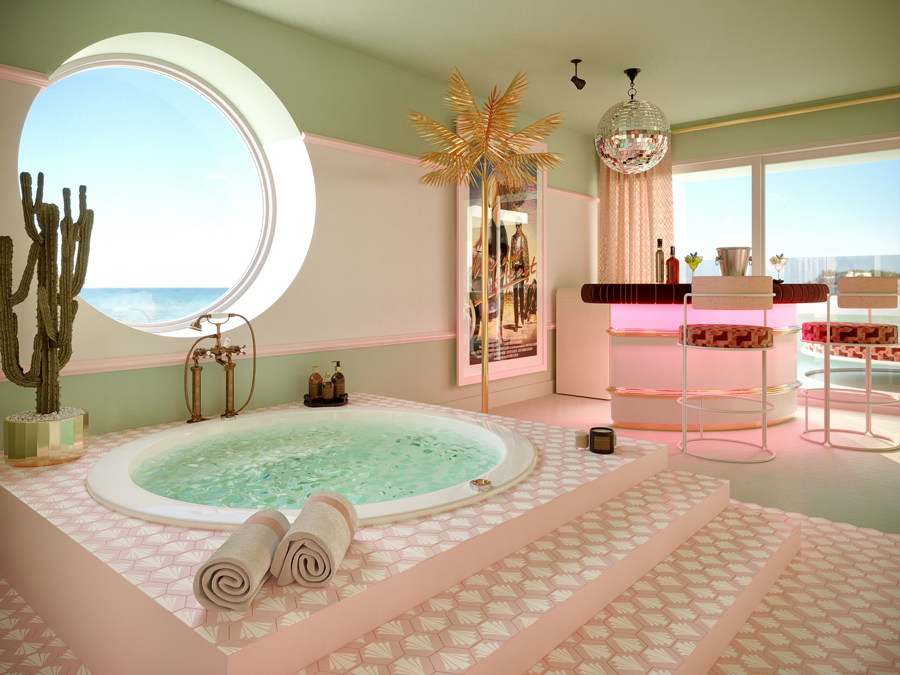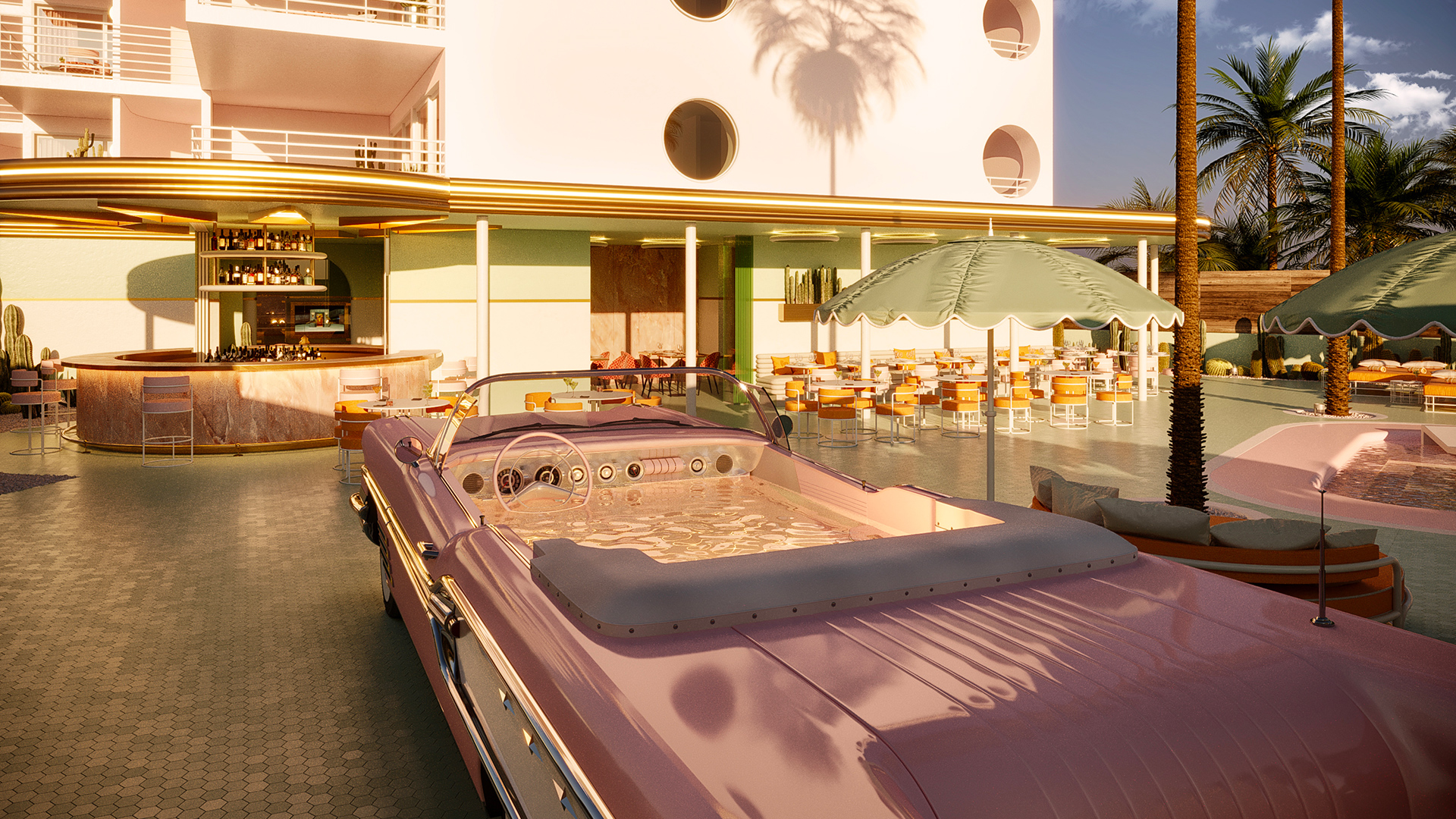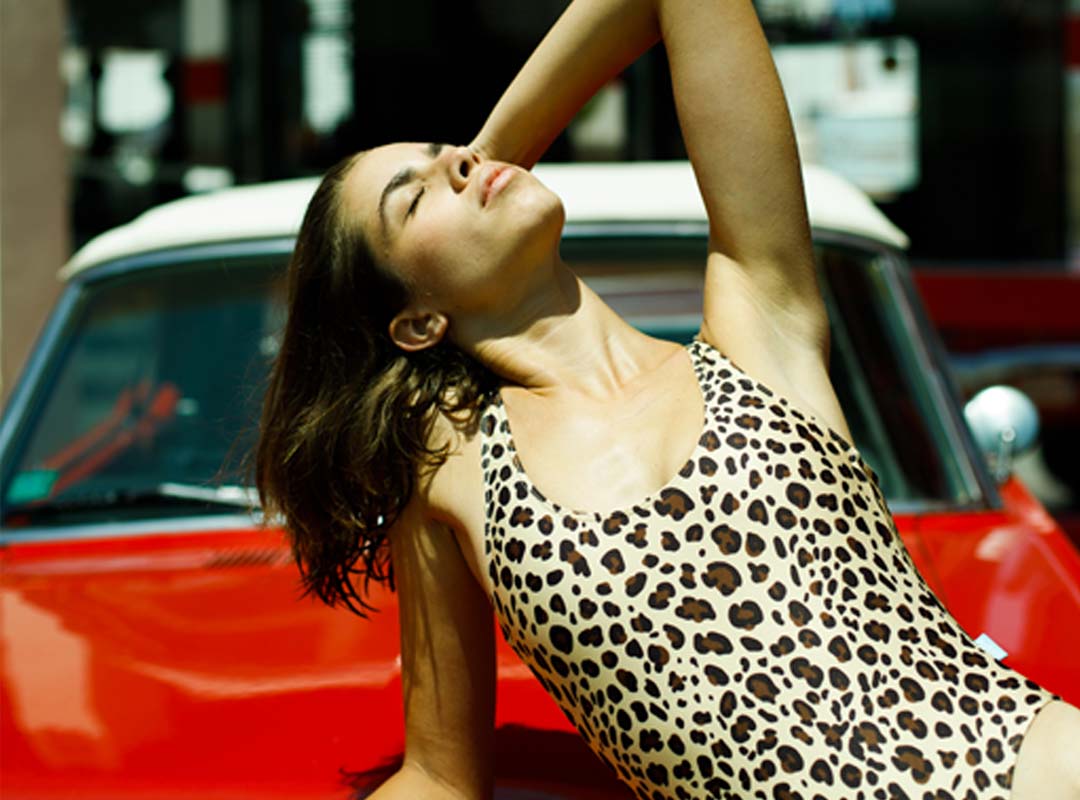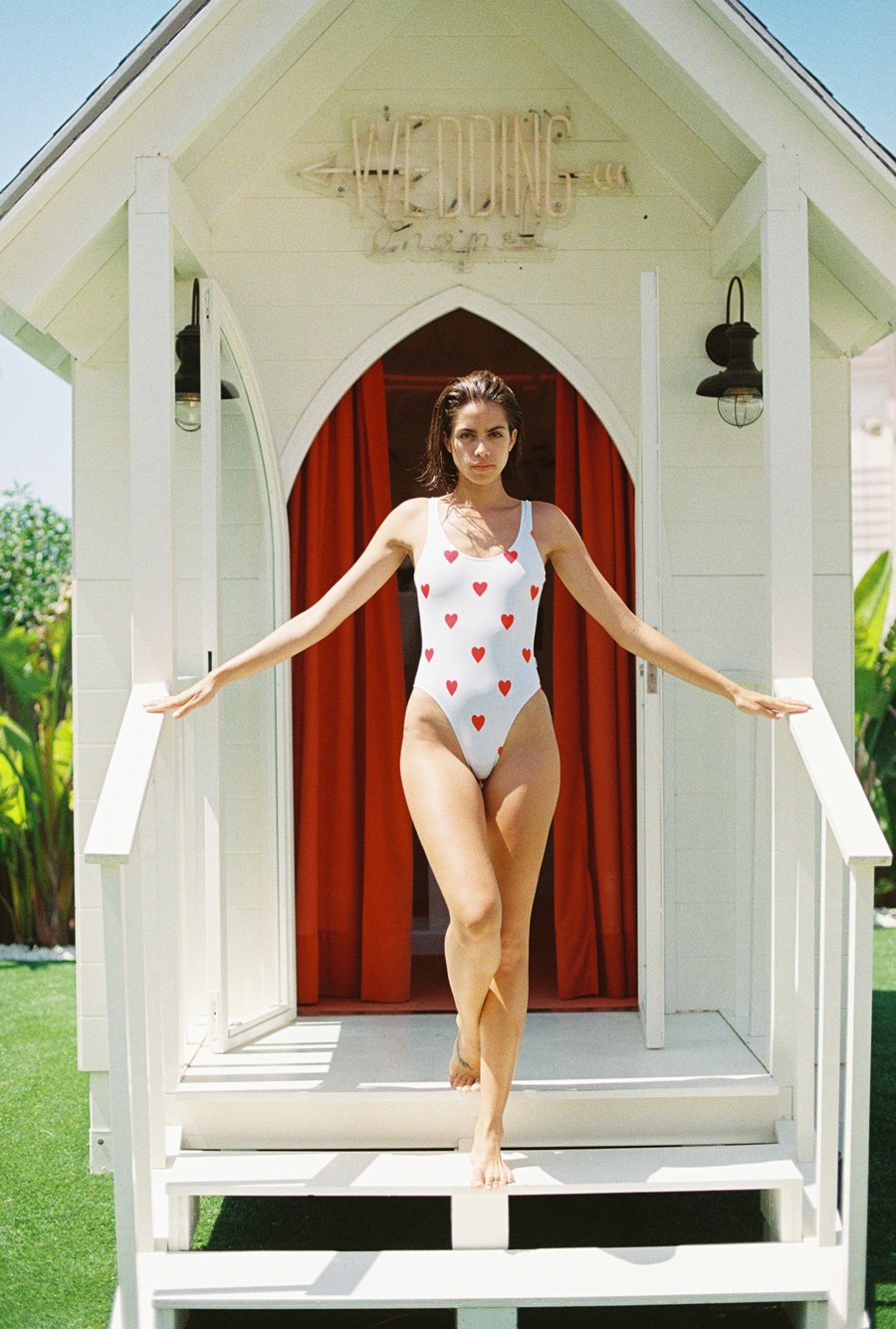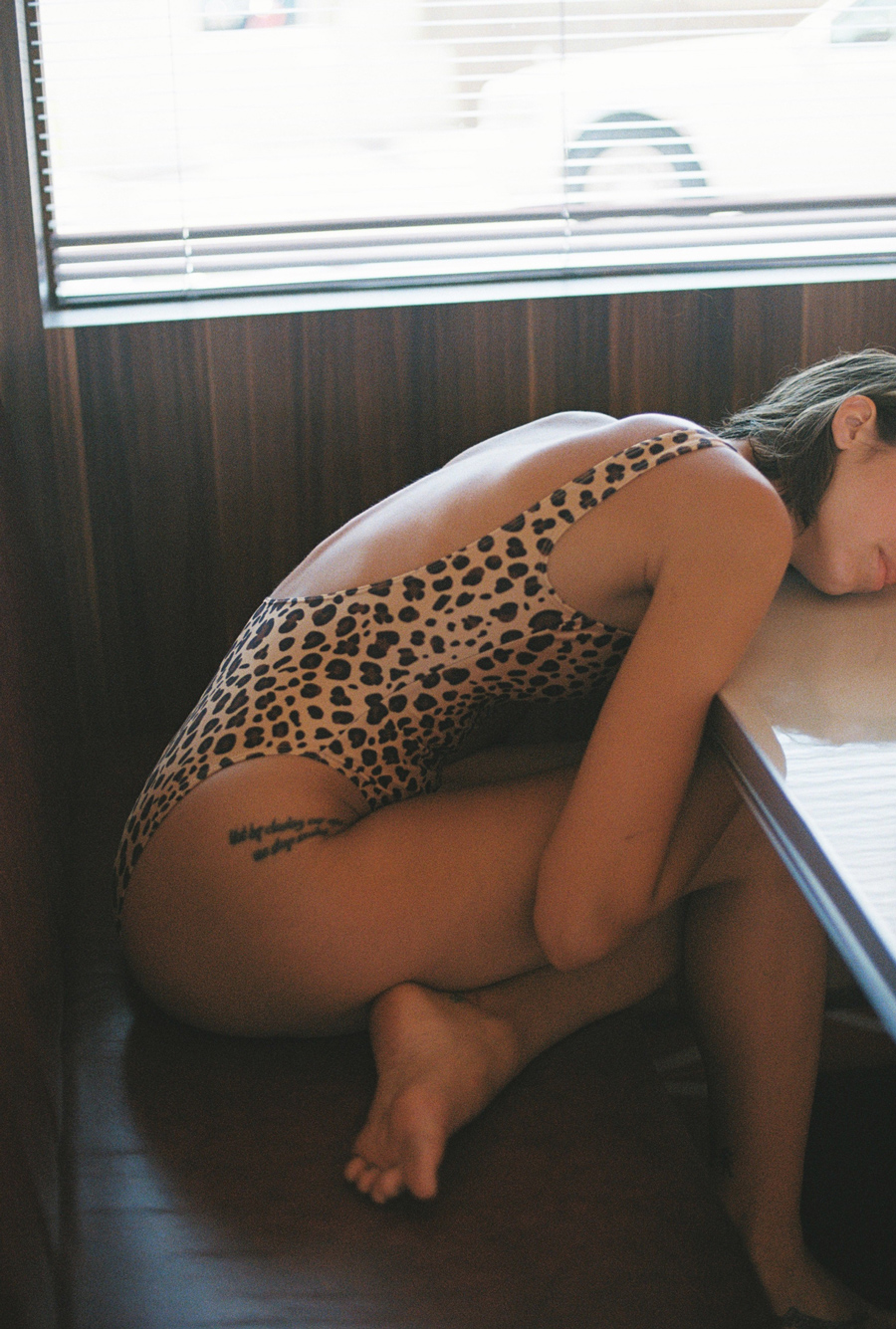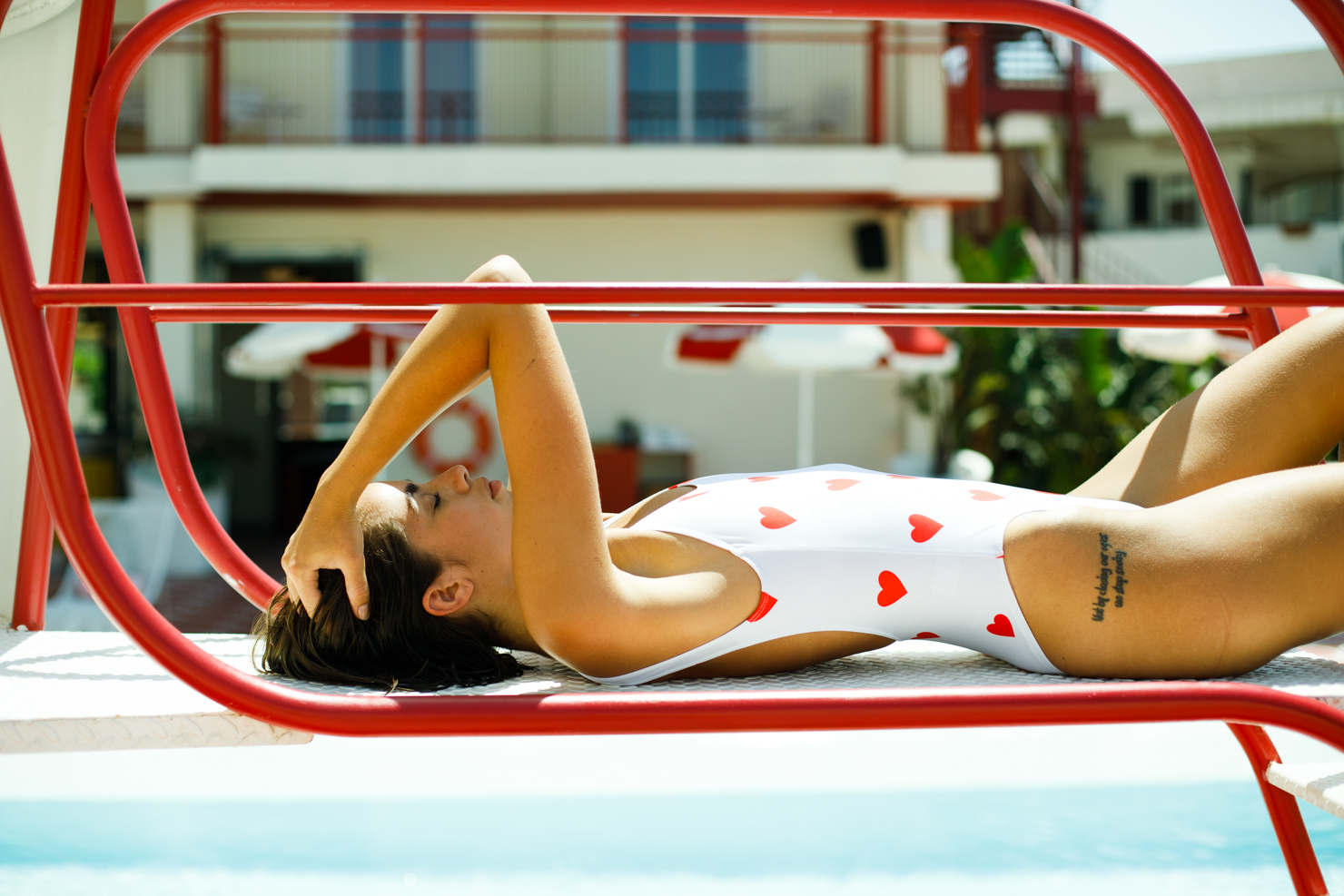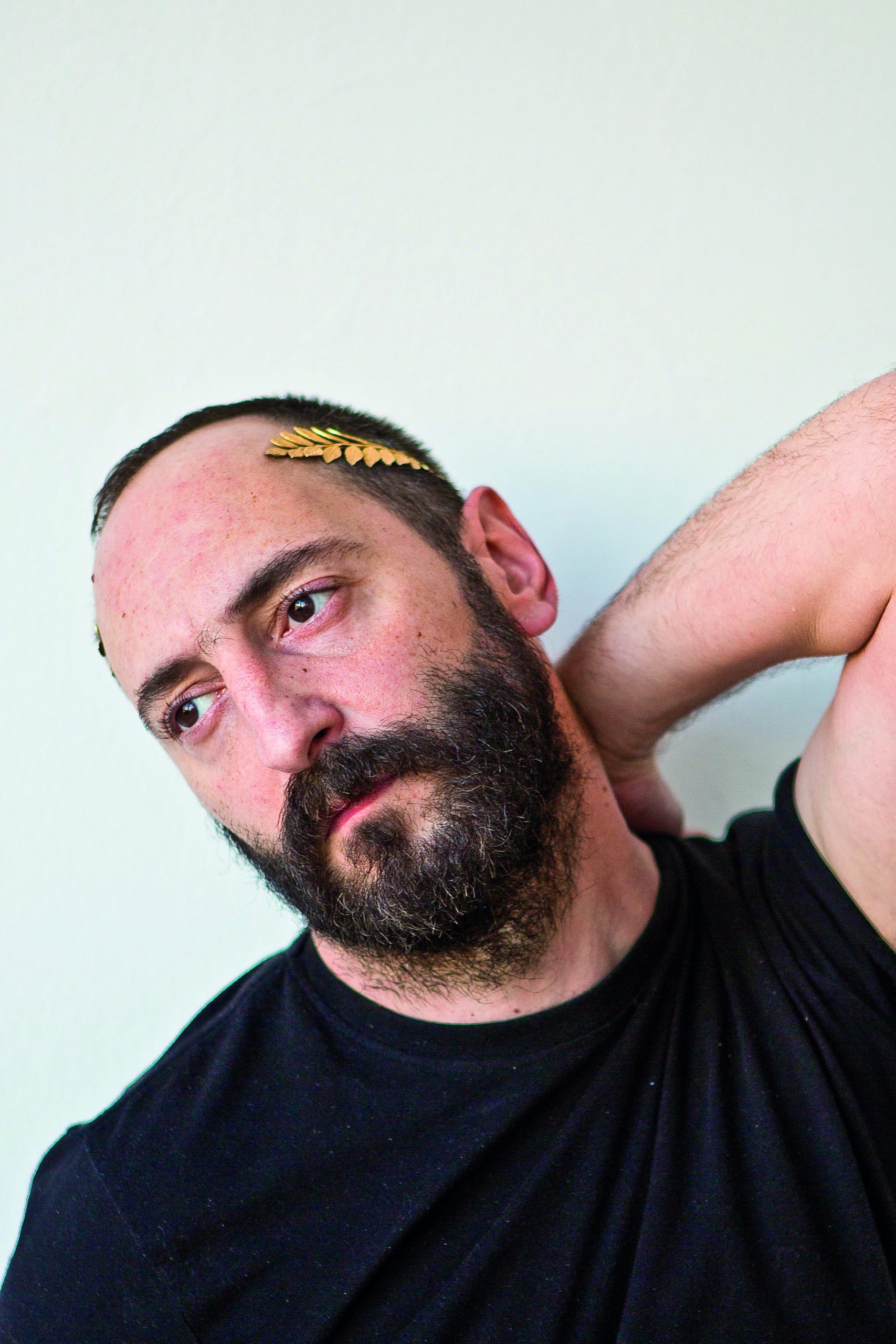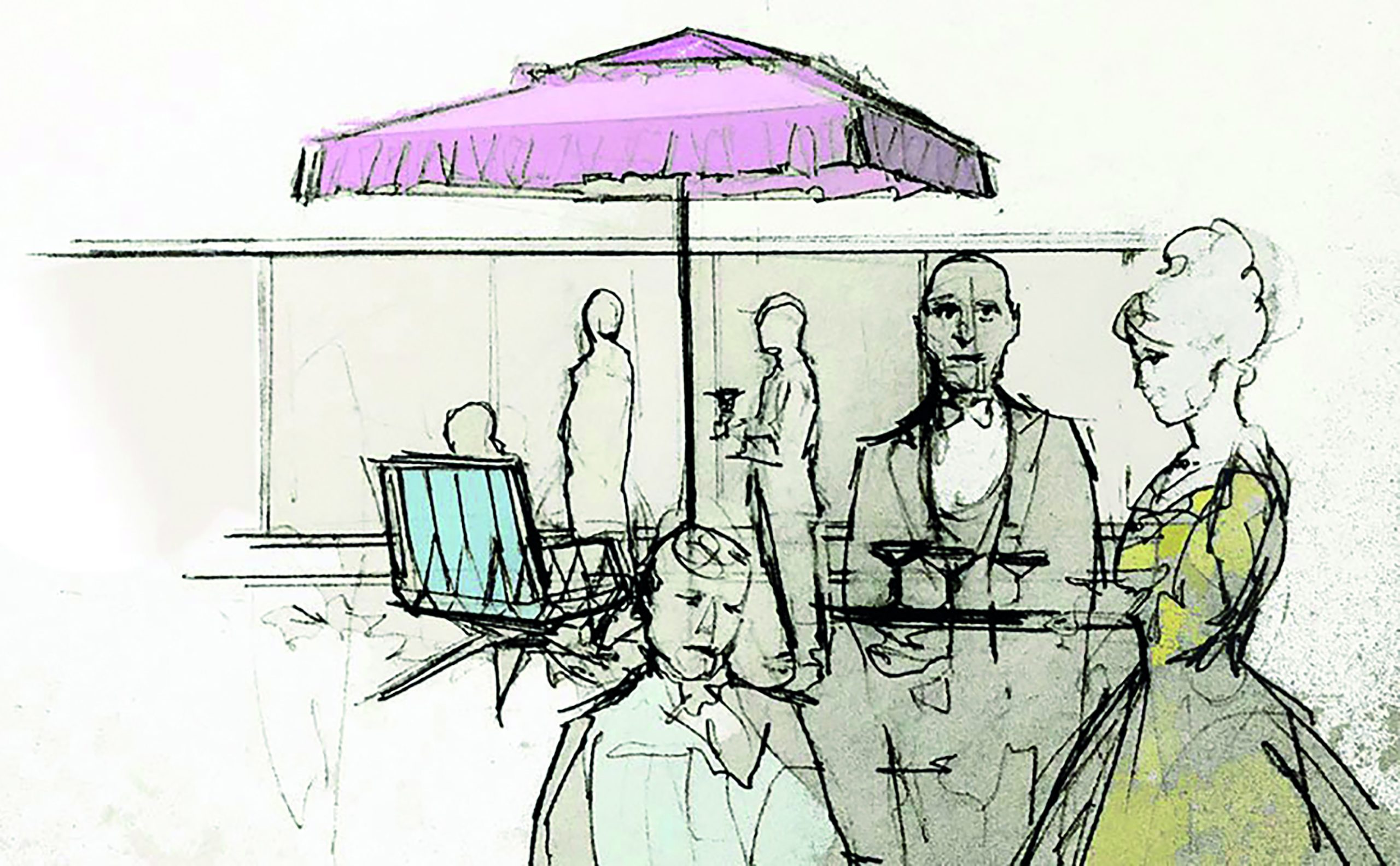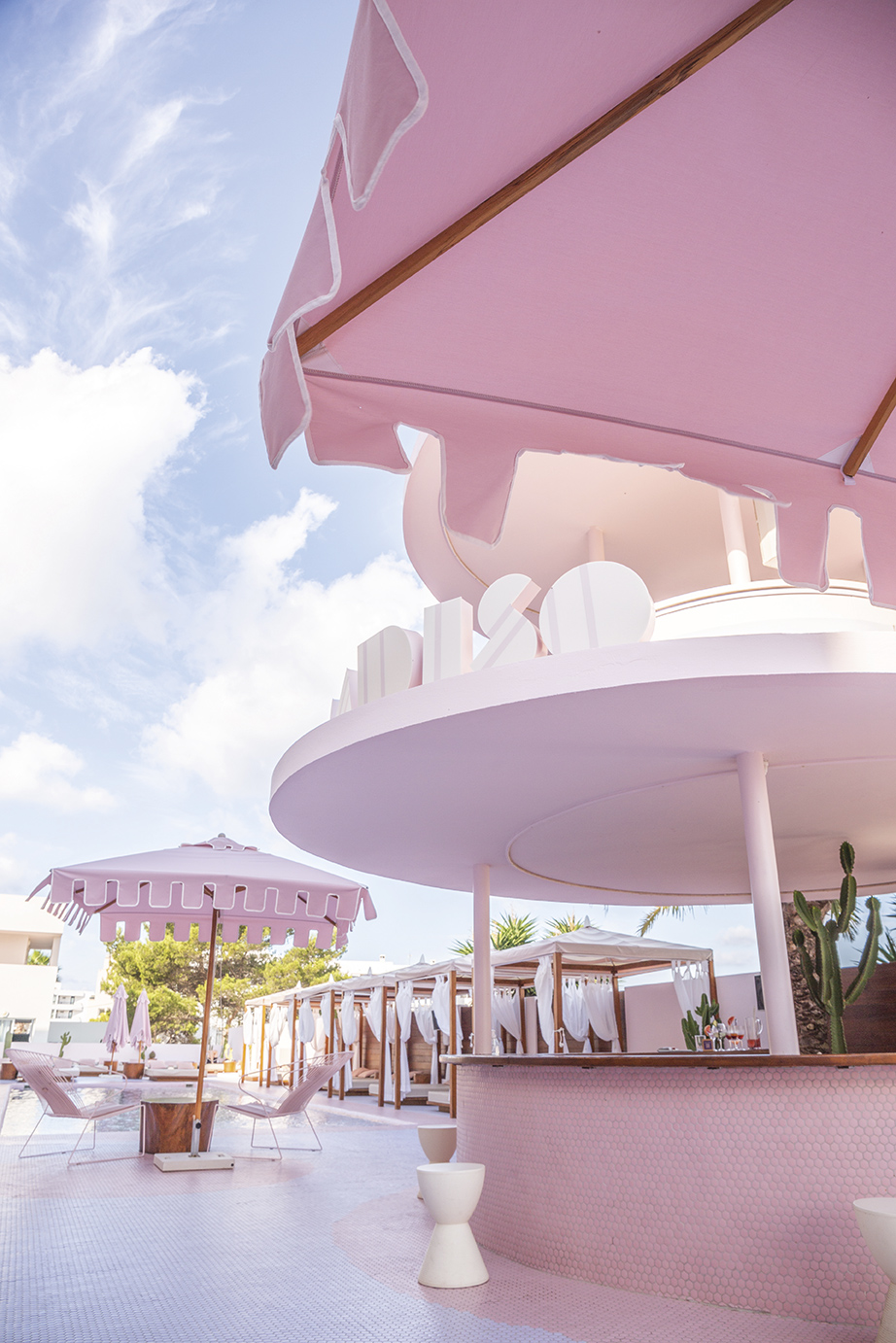La Dolce Vita: The art of living without haste
La Dolce Vita: The art of living without haste
Life is sweet like a meringue milk ice cream on a hot summer afternoon, like a kiss in the rain, like Friday at home watching ‘La Dolce Vita’: the classic film directed by Federico Fellini in 1960, with the unforgettable pairing of Anita Ekberg and Marcello Mastroianni, whose his character, Rubini muses: “We must get beyond passions, like a great work of art. In such miraculous harmony.”
And if life is a masterpiece, beauty is the only constant in Dolce Far Niente (the sweetness of doing nothing), a philosophy that evokes hedonism in its purest form. In Fellini’s masterpiece, Marcello, a frustrated writer, seizes Rome’s nightlife to the fullest, escaping the monotony of his job as a tabloid journalist. As Italy entered into the 60s, it experienced an economic miracle due to the Marshall Plan, leaving behind the austere post-war years. Cinema’s greatest divas began to strut their stuff in the Italian capital, causing a sensation rarely seen outside Hollywood. Rome combined fluffiness and 60s modernity, which people loved, but at the same time there was a great deal of scepticism in the face of a society still under the yoke of a Catholic church that condemned such a carefree lifestyle.

Rome, and the Cinecittà film studios, are the great icons of an era that gave us timeless classics such as Ben Hur and Cleopatra, the film where Richard Burton and Liz Taylor met and began their torrid romance.

La Belle Epoque of 60s Rome came to an end, leaving an eternal philosophy: live life as if it were a cigarette dangling out of Monica Bellucci’s mouth. This is La Dolce Vita. It’s a photo by Slim Aarons, where the tanned and beautiful sport pastel colours and shelter under fringed parasols by an Italian lake. It’s a plate of paccheri under Da Paolino’s lemon trees in Capri. It’s waking up at 11 a.m. and writing inspired prose about summer love on an Olivetti typewriter. It’s cruising through the streets of Amalfi in a 1960 Alfa Romeo Spider, passing through Positano and then going for a swim in the Fiordo Di Furore. It’s a scene taken from Paolo Sorrentino’s memories. It’s Sophia Loren’s laugh when asked what she most likes about life, and she replies: “Mangiare.”
Life is shaped like a blue and white chessboard by the sea, like the Parco dei Principi hotel in Sorrento, created in 1962 by Gio Ponti, the master who placed Italy in the zeitgeist of modern life. The Sorrento hotel, and Fausto Melotti’s pottery, superbly show that true luxury is simplicity.

It’s the exquisite simplicity with which Dickie Greenleaf (a gorgeous, bronzed Jude Law) enjoys life in the film: The Talented Mr Ripley, the second film adaptation of Patricia Highsmith’s novel (Plein Soleil, Purple Noon in English, is the first, with Alain Delon playing the part of Tom Ripley) where Matt Damon becomes obsessed with a rebellious playboy that lives life to the full on the Italian coast. Dickie embodies everything that encompasses this lifestyle: sun-kissed hair, cinnamon skin, smoking on a stunning sailboat, the haughty attitude, linen shirts, that seductive gaze, backless espadrilles, insolence, bon vivant, joie de vivre. The scene where he sings ‘Tu vuo fa l’americano’ by Renato Carosone is the icing on the cake for a character who is the quintessence of ‘Dolce Far Niente.’ Someone who sees life as their plaything.

The small Italian village where Dickie idles away his time is none other than the island of Ischia, but Highsmith renamed it Mongibello for her novel. Even though it doesn’t exist in real life, we at Concept wanted to bring its essence across to our side of the Mediterranean and place it in our most evocative hotel. Mongibello will materialise on the island as an Ibicenca Dolce Vita, where you can discover the sweetness of doing nothing for yourself.
